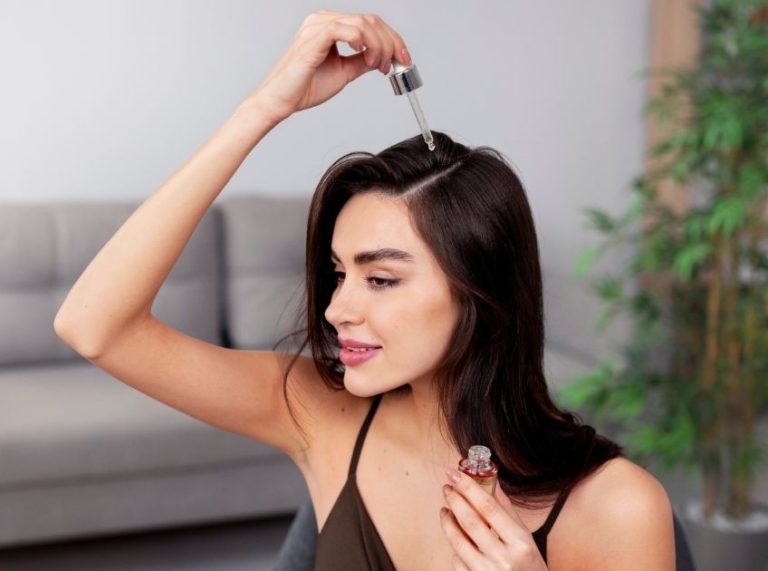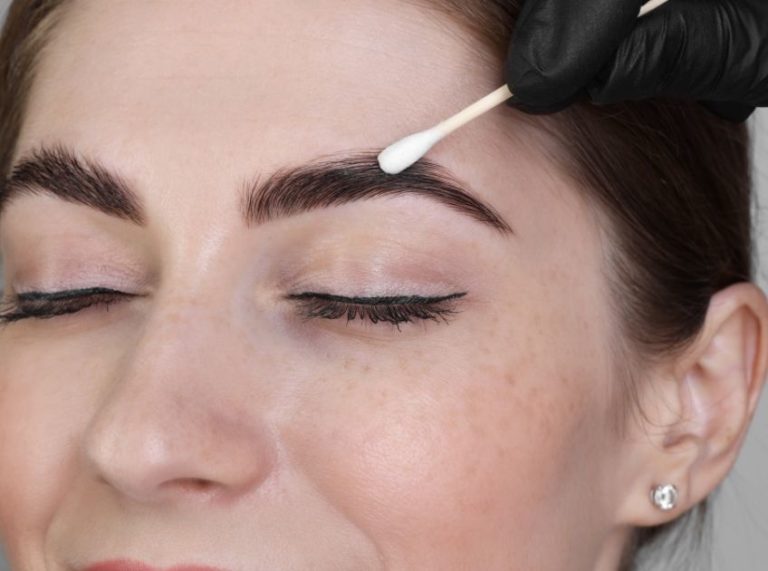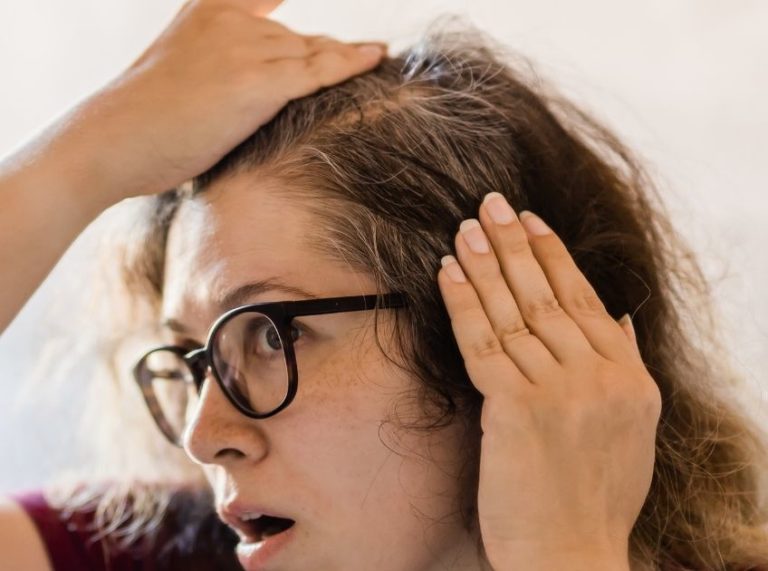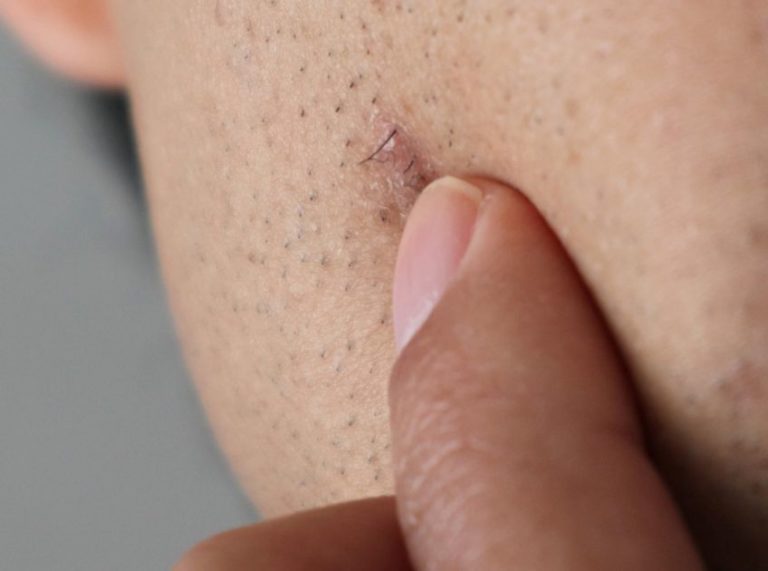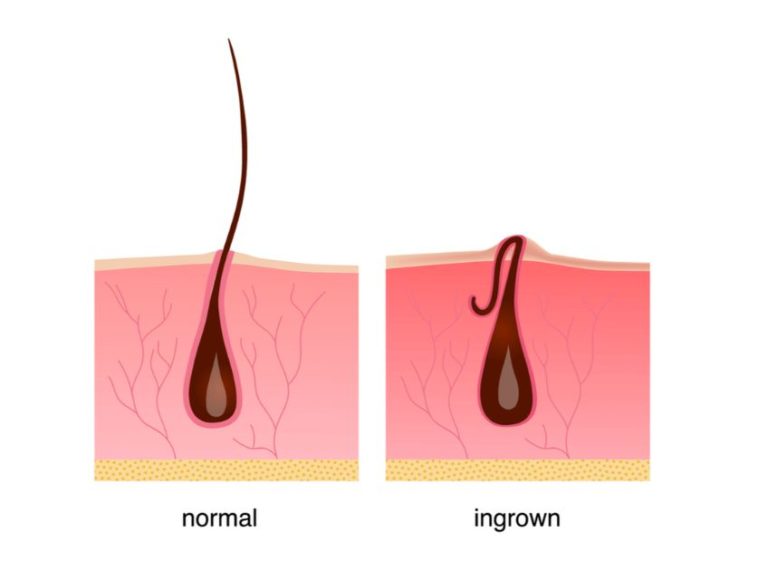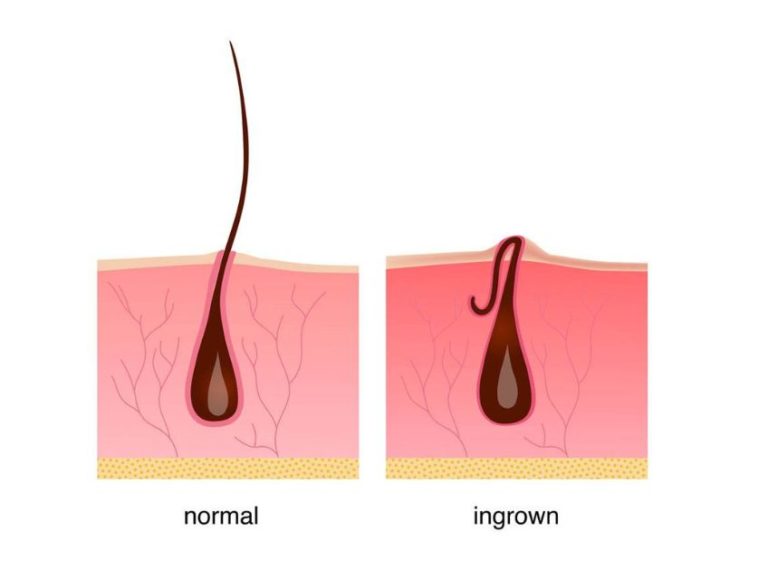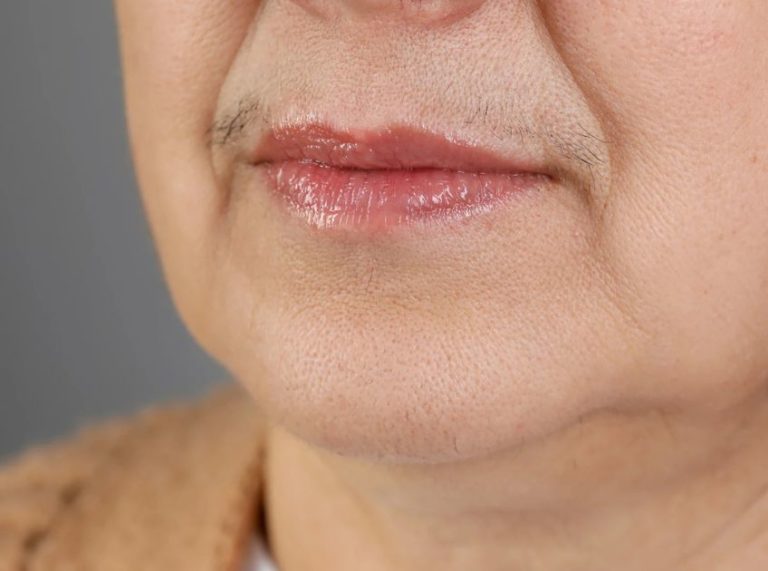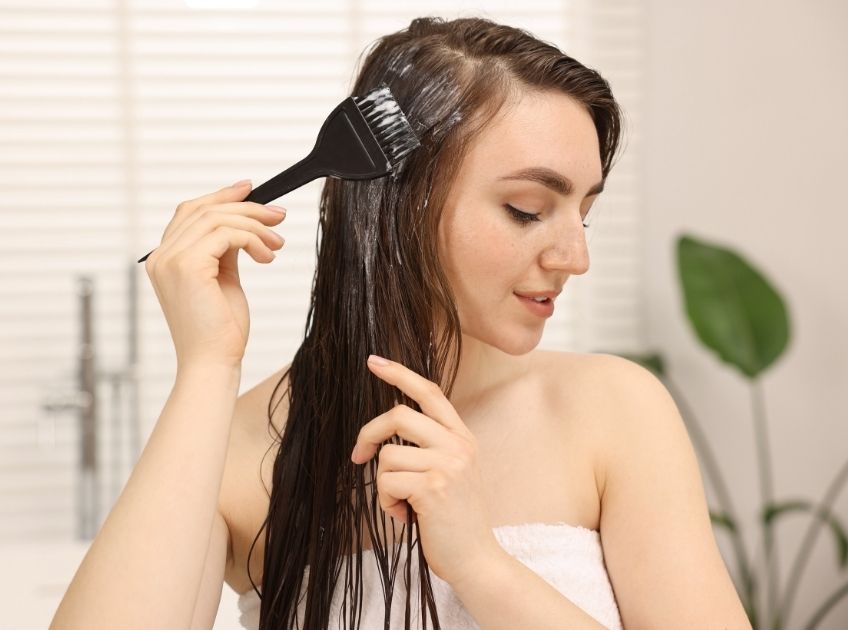
Important: This article is for informational purposes only. Please read our full disclaimer for more details.
Grey hair is a natural part of aging, but when it appears earlier than expected, it can affect confidence and self-image. While genetics, stress, and nutritional deficiencies often play a role, harsh chemical dyes are not the only solution. Nature offers gentle yet effective remedies that can help slow down greying, nourish the scalp, and restore natural pigment. Homemade hair masks are one of the most powerful ways to do this — and they come without the side effects of store-bought products.
Nature’s Secret Remedies: 6 Homemade Hair Masks for Grey Hair
Natural remedies have been trusted for centuries to keep hair healthy, shiny, and youthful. Each ingredient used in these masks contains nutrients that promote melanin production, strengthen roots, and improve texture. With regular use, these homemade hair masks can help reduce greying and rejuvenate your hair naturally.
1. Curry Leaves and Coconut Oil Mask
Curry leaves are rich in antioxidants and vitamins that stimulate pigment production, while coconut oil deeply nourishes and strengthens hair.
How to prepare and use:
- Take a handful of fresh curry leaves and boil them in two tablespoons of coconut oil until the leaves turn dark.
- Allow the mixture to cool and strain it.
- Massage the oil gently into your scalp using your fingertips.
- Leave it on for 30–45 minutes or overnight for deeper nourishment.
- Rinse off with a mild herbal shampoo.
- Use two to three times a week for noticeable results.
Why it works:
- Curry leaves are loaded with beta-carotene, vitamin B, and antioxidants that prevent premature greying.
- Coconut oil enhances nutrient absorption and prevents protein loss.
- Regular application helps restore melanin, the pigment responsible for hair color.
2. Henna and Coffee Hair Mask
Henna is a natural dye that adds a warm tone to grey hair and strengthens strands, while coffee enhances the color depth for a rich, natural shade.
How to prepare and use:
- Brew one cup of strong black coffee and let it cool completely.
- Mix three tablespoons of pure henna powder with the coffee to form a smooth paste.
- Let the paste rest for an hour before use.
- Apply evenly from roots to tips and cover with a shower cap.
- Leave for 2–3 hours, then rinse thoroughly with plain water.
- Avoid shampooing immediately after use to let the color set.
Why it works:
- Henna’s natural dye molecule, lawsone, binds to keratin for long-lasting color.
- Coffee’s caffeine stimulates blood flow, supporting healthy growth.
- Together, they darken greys and improve scalp health naturally.
3. Amla and Yogurt Hair Pack
Amla, or Indian gooseberry, is a rich source of vitamin C and antioxidants, known to strengthen follicles and slow down pigment loss. Yogurt adds protein and moisture for smoother hair.
How to prepare and use:
- Combine two tablespoons of amla powder with three tablespoons of plain yogurt.
- Mix until it becomes a creamy paste.
- Apply it evenly to the scalp and along the length.
- Leave it on for 30–40 minutes before rinsing with lukewarm water.
- Use once or twice a week for best results.
Why it works:
- Amla fights free radicals that damage melanocytes (pigment cells).
- Vitamin C boosts collagen, improving hair elasticity.
- Yogurt hydrates and softens dry, coarse hair.
4. Black Tea Rinse Mask
Black tea contains tannins and caffeine that naturally darken hair, strengthen roots, and give it a glossy appearance.
How to prepare and use:
- Boil two tablespoons of black tea leaves in one cup of water for 10 minutes.
- Allow the mixture to cool and strain it.
- Pour over clean, damp hair, gently massaging it into the scalp.
- Let it sit for 30 minutes, then rinse with cool water.
- Avoid shampooing immediately after application.
- Repeat twice a week for gradual results.
Why it works:
- Tannins enhance natural pigment and coat strands with a darker tint.
- Caffeine boosts blood circulation, strengthening hair follicles.
- The antioxidants in black tea protect against premature greying.
5. Onion and Castor Oil Mask
Onion juice helps restore hair pigment by reducing hydrogen peroxide buildup, while castor oil promotes thicker, stronger hair growth.
How to prepare and use:
- Extract juice from one small onion.
- Mix two tablespoons of onion juice with one tablespoon of castor oil.
- Apply to the scalp using cotton or fingertips and massage for 5–10 minutes.
- Leave it on for 30 minutes before rinsing with a mild shampoo.
- Add a few drops of rosemary or lavender oil to reduce odor.
- Use once or twice a week.
Why it works:
- Onion juice boosts catalase enzyme production, reversing pigment loss.
- Sulfur compounds promote keratin formation for stronger hair.
- Castor oil locks in moisture and improves hair density.
6. Sage and Rosemary Herbal Mask
Sage and rosemary are potent herbs that stimulate scalp circulation, encourage growth, and darken hair naturally over time.
How to prepare and use:
- Boil a handful of sage and rosemary leaves in two cups of water for 15 minutes.
- Allow the liquid to cool, then strain it.
- Apply evenly to the scalp and hair, massaging gently.
- Leave it on for 40 minutes before rinsing with plain water.
- Repeat two to three times a week for best results.
Why it works:
- Sage contains natural pigments that restore darker tones to grey strands.
- Rosemary’s antioxidants protect follicles and enhance melanin production.
- Together, they improve scalp health and add shine and volume.
The Science Behind Natural Hair Pigmentation
Hair color is determined by the presence of melanin produced by melanocytes in hair follicles. Over time or due to oxidative stress, melanocytes lose function, leading to grey or white strands. Studies published in journals like The FASEB Journal suggest that antioxidants and natural compounds (such as polyphenols in herbs like amla and rosemary) can help slow this process (1)(2). Regular use of natural ingredients rich in antioxidants and vitamins supports melanin synthesis and overall scalp health — reducing premature greying over time.
Frequently Asked Questions (FAQ’S)
1. How often should I use these homemade masks for the best results?
A. Use 1–2 times a week consistently for at least 2–3 months to notice visible improvement in shine and reduction of grey strands.
2. Can these masks replace chemical hair dye completely?
A. They help darken and rejuvenate hair naturally, but may not provide instant, permanent coloring like dyes. However, they strengthen hair while gradually improving its tone.
3. Are there any side effects of using these masks?
A. All ingredients are natural and safe when used correctly. If you have sensitive skin, do a patch test before applying to avoid irritation or allergies.
Reversing grey hair takes patience, consistency, and care. These homemade hair masks, packed with potent natural ingredients, can help nourish your scalp, strengthen your roots, and gradually bring back your natural hue. Instead of masking grey strands with chemicals, give your hair the nourishment it deserves — and let nature do the magic.
